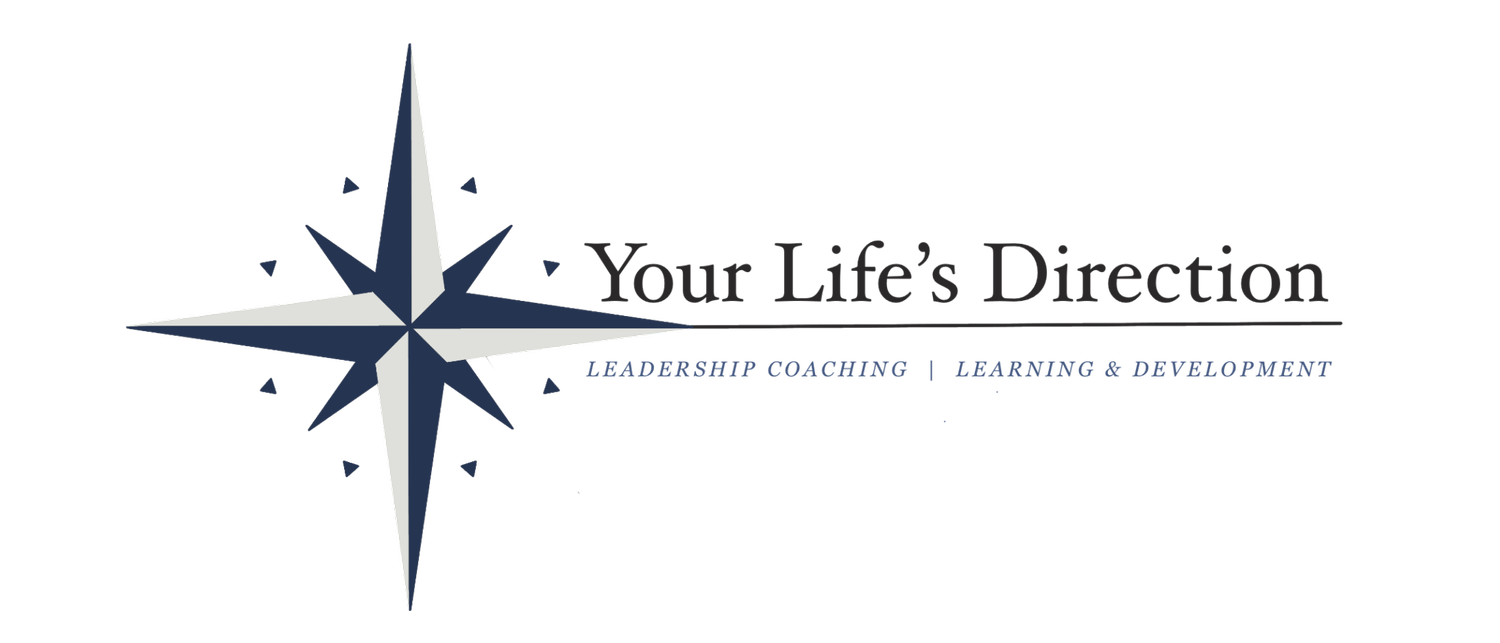Leadership Principles - Final Post
In a recent post, I listed three leadership principles that drive and frame entrepreneurs hiring employee #1. In the last 2 posts and in this one, I have considered each principle, separately and more deeply, to explore how leaders bring each principle to life in their world of leading others in their businesses or at work. These principles are included in a much larger body of work I now call “thoughtful leadership” as leaders are only as effective as they are reflective in trying to understand, apply, and improve their leadership style. Today’s blog highlights the final principle:
Principle #3 – Leaders Lead with a Growth Mindset…
As stated previously, this principle begins with a crucial understanding of knowing yourself - the essence of knowing your beliefs and emotions, and how these impact how you behave and lead others. Beliefs and emotions are either limiting, manifesting in a static leadership style that is unchanging and immovable, or liberating, manifesting a wellspring of possibilities in a leadership style that can develop and grow. This growth mindset offers courage and hope that any style deficiency is only as large as the capacity to overcome it.
A growth mindset challenges previous held beliefs/actions such as:
I’m the leader, therefore I need to have all the answers.
People will follow me just because I am the boss.
Admitting a mistake or an error negatively impacts my credibility.
I take feedback and critique personally.
I don’t like doing new things.
Leaders who have an honest view of themselves and who can honestly admit to a certain set of strengths and opportunities needing growth are able to chart their learning and development journey that can transform their thinking and promote new ways of behaving. An accurate and authentic view of self is the perspective needed for leaders to create an environment that promotes curiosity, innovation, and advancement of thoughts and ideas. The imposter syndrome is better overcome, freedom to say, “I don’t know” leads to greater teamwork and inclusion, and values-based decisions are welcomed and rewarded. The more leaders can model and advance a growth mindset, the more teams will freely admit mistakes and learn from each other rather than being threatened by each other: business culture can then become one of resilience and continually forward moving.
Leaders’ beliefs, just like the average person, are deep drivers of thinking and behaving, similar to a plane on autopilot. Breaking the old patterns of thinking and unlocking new ways of thinking and behaving is available to the leader who adopts the growth paradigm. Admitting knowledge gaps, acknowledging leader opportunities, and asking for help are critical first steps to adopting this mindset. When this kind of vulnerability is manifested with others, leaders become approachable. When ego is replaced with humility, followers are more apt to contribute. And as leaders respond to the contribution with appreciation and gratitude, teams become stronger and achieve more. The team listens deeply to each other, displays greater empathy, and questions intelligently and unarguably.
All three leader principles explored in this series of posts are critical for long-term leader success. Leaders can experience enjoyment at work and in their business that is contagious and where employee turnover is a small concern. Workplaces, leaders, and team members can find greater fulfillment and satisfaction from work and results achieved will feel effortless.
